Sep 16, 2019
Top storylines to keep an eye on this curling season
Curling has never been more competitive as many curlers now call the sport their full-time job. TSN.ca takes a look at some of the biggest stories in the roaring game heading into the 2019-20 curling campaign.
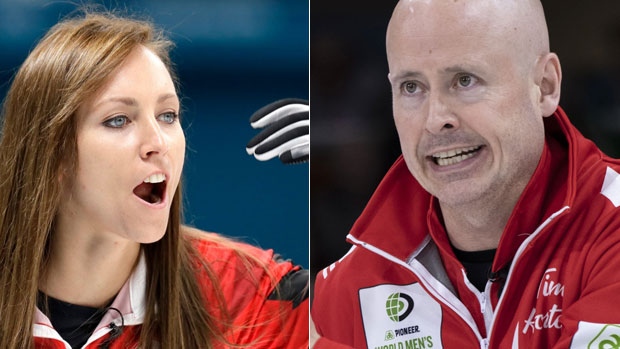
Canadian summers are short. The curling off-season isn’t much longer.
Just four months ago, Jennifer Jones and Kevin Koe captured the season-ending Curling World Cup Grand Final in Beijing, China. Now, with the summer season yet to officially expire, the best rinks in Canada and around the world have returned to the pebbled ice in pursuit of curling dominance.
Long gone are the days where the Brier and Scotties were the only events on the curling calendar that mattered. The modern era of curling features a jam-packed schedule with a plethora of World Curling Tour events, highly coveted Grand Slams and other specialty events like the TSN All-Star Curling Skins Game and Continental Cup in addition to the Canadian and world championships.
And don’t forget about the biggest prize of them all – the Olympic Games.
If you want to achieve success in curling in the year 2019, the sport needs to be your full-time job. As a result, curling has never been more competitive and the roaring game is brimming with rich storylines.
Let’s take a look at some of the biggest stories heading into the 2019-20 curling campaign.
Ryan Fry and Marc Kennedy find new homes
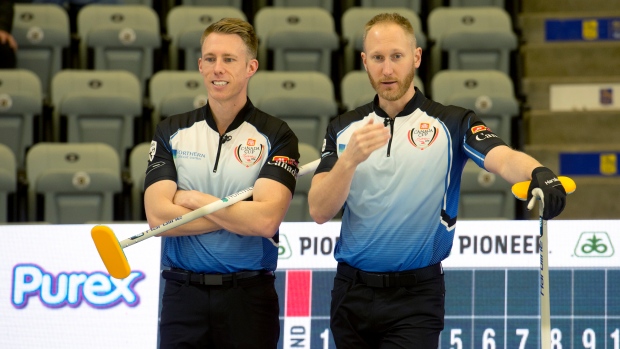
At the conclusion of 2017-18, many prominent curlers switched teams in preparation for the next four-year Olympic cycle.
However, the most notable roster shakeups happened at the end of this past season.
Longtime third Ryan Fry parted ways with skip Brad Jacobs and the Harnden brothers after a successful seven-year run. They won the Brier in 2013 as members of Team Northern Ontario and Olympic gold in Sochi, Russia, a year later, but never reached the top of the mountain at nationals or on the world stage again despite many strong round-robin performances.
It was time for a change.
And change came in the form of two-time Olympian and three-time Brier champ Marc Kennedy. Kennedy, 37, took most of last season off after an impressive four-year stint with Team Kevin Koe. In fact, one of his few appearances on tour last season came as a replacement for Fry at the Canada Cup in Estevan, Sask. With Kennedy, Team Jacobs were the best team by far and finished the week with a victory over Team Koe in the final.
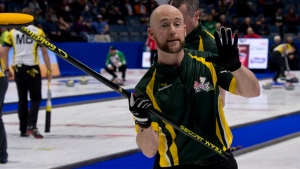
On paper, Team Jacobs are one of the best teams in the world. And thanks to their win at the Canada Cup, they’ve already proved they have chemistry on the ice to make things more troubling for other rinks. Will the Sault Ste. Marie squad be the team of the season?
And, what about Fry?
Well, it didn’t take long for the 41-year-old to find a new home, joining good buddy John Epping and his Toronto-based rink. The move was bittersweet for Epping, Mat Camm and Brent Laing, however, as it meant they would have to say goodbye to the extremely popular Craig Savill.
After making the Brier playoffs in 2018, Epping hit a bit of rut during the climax of last season. Despite picking up a pair of event victories, including a Grand Slam, Team Epping lost three games to Scott McDonald’s up-and-coming Kingston rink in the Ontario Tankard, including the championship tilt, before dropping the Brier Wild Card game to Edmonton’s Brendan Bottcher.
With Fry now in the fold at vice, Camm and Laing have been bumped down to second and lead respectively. The new foursome has already found success, winning the early-season Stu Sells Oakville Tankard and Shorty Jenkins Classic in back-to-back weekends, topping Team Jacobs in the final of the latter event.
Team Epping looks to be one of the most intriguing foursomes in curling this season and could have a real shot at bringing the Brier Tankard back to Ontario for the first time since 2012.
The best are still the best
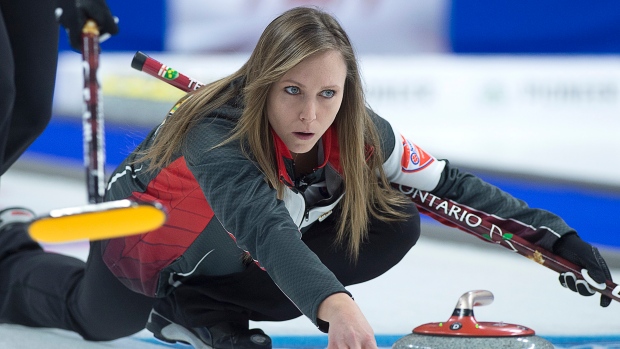
The names that have dominated the sport for the past decade in Canada are still very much prepared to continue winning this season.
The Jacobs, Bottchers and McEwens of the world will always in the mix, but Kevin Koe and Brad Gushue have been the true kings of men’s curling in recent memory.
In seven career Brier appearances dating back to 2010, defending champion Koe has played in five finals, winning four of them and captured the prestigious Canadian Olympic trials in 2017. Gushue, the great skip from Newfoundland and Labrador, has made the Brier playoffs every year since 2015, winning the event twice, and has captured 10 Grand Slams over that same time frame.
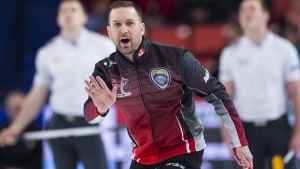
On the women’s side, a skip named Rachel Homan or Jennifer Jones or Chelsea Carey has won the Scotties Tournament of Hearts every year since 2013.
Homan won three straight Grand Slams last year to set a new record and had a fourth Scotties title in her grasp if it weren’t for some unfortunate late game misses. Team Homan’s clan grew a little this summer with the skip and second Joanne Courtney giving birth to their first children in June and July, respectively. Homan returned to the ice at the Shorty Jenkins Classic in Cornwall, Ont., while Lindsay Dubue filled in for Courtney. When this Ottawa team is fully loaded and playing their best, they’ll be the favourites at every event they compete in.
Jones missed the Scotties playoffs for the first time in her career last year in Sydney, N.S., and will look to bounce back this season with another chance to win her seventh Canadian title and pass Colleen Jones for most all-time. They already captured the Shorty Jenkins in September.
Oh, and don’t forget that Jennifer Jones was voted as the greatest female curler in Canadian history in February as part of TSN’s Canada’s Greatest Curlers project.
Carey might not have the same tour success as Homan and Jones, but has won two national titles in the last four years, including that once-in-a-lifetime comeback in last year’s final. She’ll represent Canada at this year’s national championship in Moose Jaw, Sask., in February.
Don’t be surprised to see these names in plenty of curling headlines once again.
How good can Team Bottcher be?
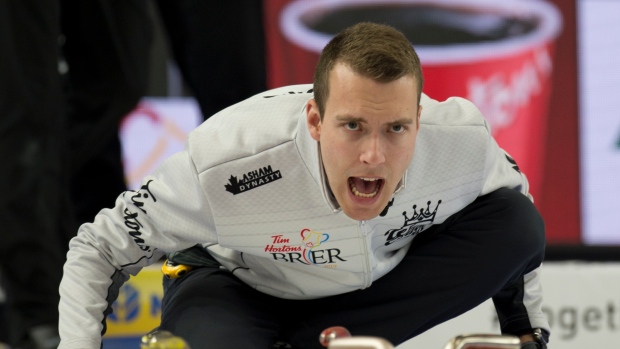
Brendan Bottcher and his rink from Edmonton put together one heck of a season in 2018-19, winning three times on the Grand Slam circuit and appearing in their second consecutive Brier final.
They lost another heartbreaker in the Canadian championship final, this time on a dramatic last-shot winner from sharpshooter Koe, but the future looks ever so bright for this young foursome.
The question is, just how high will Team Bottcher climb?
The rink out of the Saville Community Sports Centre is entering their third season together and is already an elite squad of the World Curling Tour. And in March you should expect them to make a fourth straight Brier appearance as Alberta is theirs to take with Team Koe wearing Team Canada colours as the defending champs.
It will be interesting to see what this season has in store for Team Bottcher.
What about the dark horses?
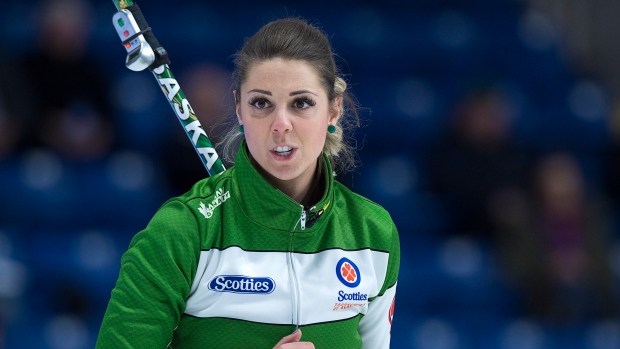
So we know all about big names that regularly compete for titles year in and year out, but what about the best of the rest?
That group seems to be expanding every year.
The rinks led by Ontario’s Scott McDonald and Saskatchewan’s Kirk Muyres will look to build on their first Brier appearances from last year (first as a skip for Muyres) while Winnipeg’s Mike McEwen hopes to bounce back after a disappointing first-year showing with buddy Reid Carruthers.
Curling legend Glenn Howard, owner of four Brier titles and a record 17 appearances, is not ready to call it a career and remains a threat on the WCT at age 57. On the other side of the spectrum, 24-year-old Matt Dunstone could be on the cusp of breaking out
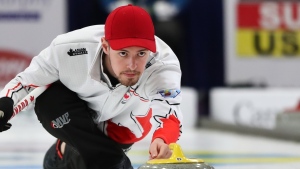
while three-time defending Canadian junior champion Tyler Tardi is ready to play with the big boys on a regular basis.
On the women’s side, Kerri Einarson and her Winnipeg rink comprised of former skips performed well in their first season together and should be one of the top teams once again in 2019-20. Alberta’s Casey Scheidegger, Saskatchewan’s Robyn Silvernagle, Northern Ontario’s Krista McCarville and Suzanne Birt of Prince Edward Island all have more than a decent shot at getting back to nationals, with Tracy Fleury looking to survive in Manitoba.
The reworked squads are intriguing as well. Former Canadian junior champ Kaitlyn Jones (now playing with veteran Allison Flaxey at third) and Laura Walker (teaming with Kate Cameron, Taylor McDonald and Nadine Scotland) are interesting combinations and could force some upsets on tour.
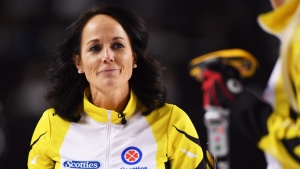
However, the most notable dark horse might be Michelle Englot and her Saskatchewan rink. The 55-year-old is coming out of a brief retirement to join forces with 21-year-old Sara England, the daughter of the late Sandra Schmirler. Englot and Schmirler were rivals during the ’90s as they battled each other on numerous occasions in the prairie province to get to the Tournament of Hearts. Now, nearly two decades after the tragic passing of the curling legend, life has come full circle with the partnership of Englot and England. And imagine the scene in February if they can somehow qualify for the Scotties, which this season is being held in Moose Jaw, Sask. A dream scenario, for sure.
New World Order
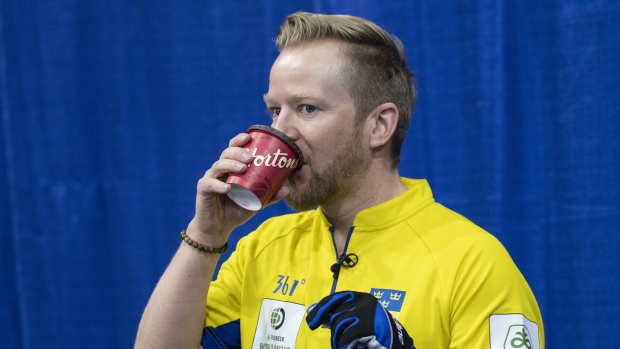
Canada has the best curling depth out of any country in the world. But at the world championships and Olympics you only get to send one representative and, lately, the international field has gotten the better of the Canucks.
We all know what happened at the 2018 Olympics in South Korea. Then, Niklas Edin of Sweden added his third and fourth world titles over the past two years in addition to international teams taking eight women’s world championships since 2010 , including five from the Swiss over that time span.
European squads like Sweden’s Edin and Anna Hasselborg, Scotland’s Ross Paterson, Bruce Mouat and Eve Muirhead as well as Silvana Tirinzoni and Peter De Cruz of Switzerland have been household names for a while, but the emergence of Asian rinks is starting to get some traction.
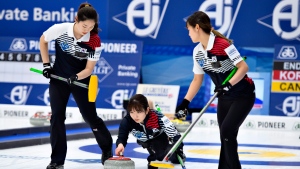
South Korean teenager Min Ji Kim won the third leg of the Curling World Cup last season before posting an outstanding 9-3 record at the world championship. They downed another promising Asian rink in Japan’s Seina Nakajima in the bronze medal game, earning South Korea their first medal at the women’s worlds.
At the men’s worlds, 29-year-old Yuta Matsumura of Japan put together a solid week in Lethbridge, Alta., with a neat and tidy 9-3 record in the round robin before upsetting Olympic gold medalist John Shuster of the United States in the qualification game. They lost to De Cruz in the bronze medal tilt.
How will Canada fare against the world this winter?
Eight vs. 10 Ends
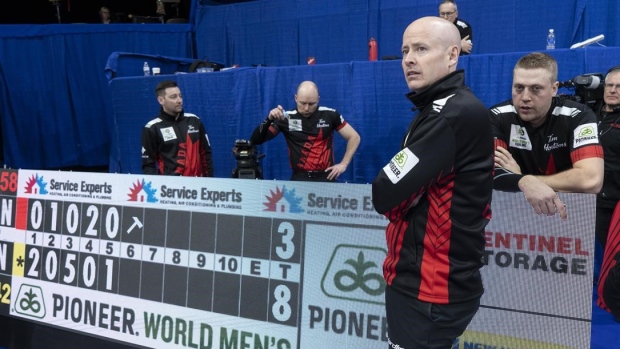
Every curling season seems to spark a new debate on a certain facet of the game.
A few years ago, “Broom Gate” made headlines from amateur curling all the way to the pros and even on The Late Show with Stephen Colbert as new controversial broom heads were affecting the integrity of the game.
Last year, an attempt to speed up the game with a per end time clock was met with frustration and disinterest from both players and fans alike.
Residency rules, which have always caused confusion and questions, were made clearer this off-season after Curling Canada added a birthright status option, giving curlers the ability to represent the province or territory where they were born even if they live elsewhere.
As for 2019-20, it seems the long-standing debate of playing eight or 10 ends will really start to heat up. There is strong opinion on both sides of the aisle whether events such as the Scotties, Brier and world championships should adopt the eight-end model seen at events on the WCT in an effort to cut down playing time.
"I think it needs to happen yesterday," 1974 Brier champ Warren Hansen told The Canadian Press in a recent interview. "But that's my opinion and I know a lot of the old guard of the sport still want to cling on to the 10 ends.
"But I think as we move forward here there's just so many things that have to happen to shorten this game up. It's just simply too long and if we want to get people that are younger participating, it's got to be shorter."
If the World Curling Federation decides to shorten games, it likely won’t happen until after the Beijing Winter Olympics in 2022. Curling Canada is expected to follow suit, according to The Canadian Press.
